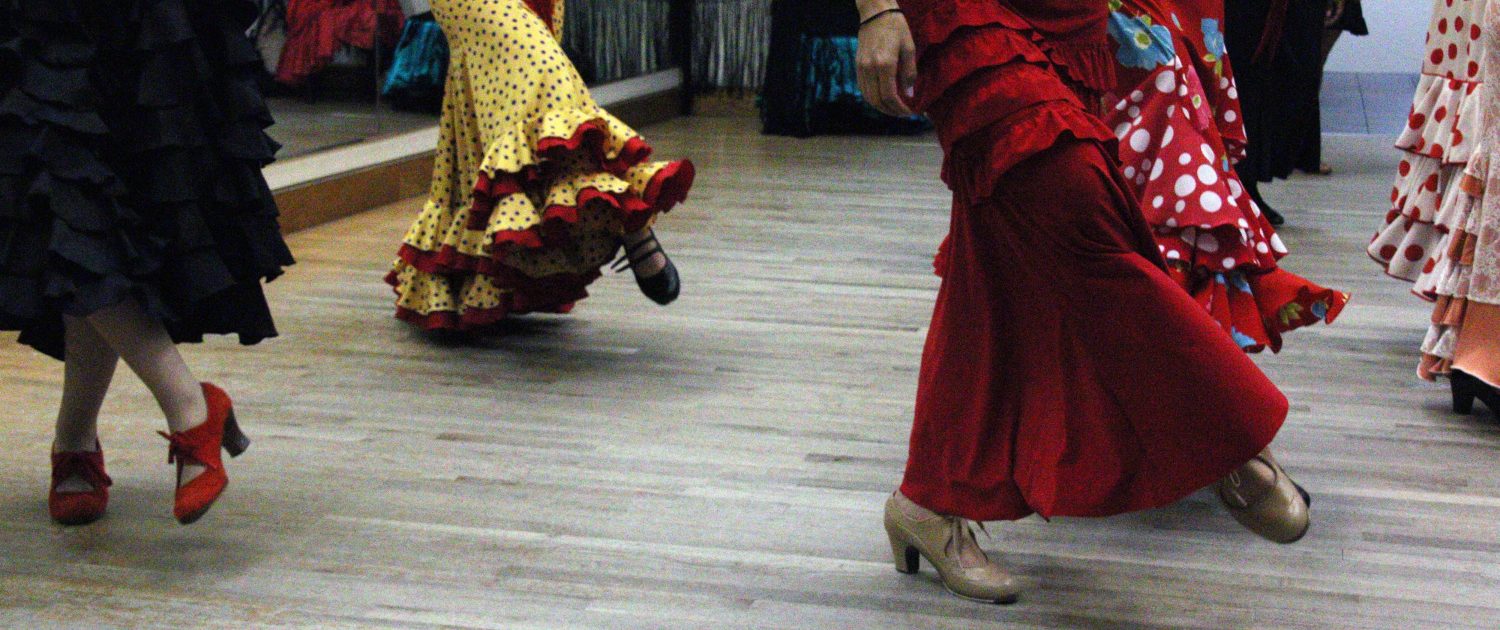5 Tips for Home Practice
by Leslie Roybal, Flamenco Vivo Programs Director
-
-
- 5 Minutes A Day
Flamenco artist, teacher and choreographer Briseyda Zarate says, “Practice flamenco regularly in small doses of time. 5 or 10 minutes is enough. Practice with or without shoes, a floor or a mirror. Practice outside, in the kitchen or the bathroom. Practice anywhere. It’s ok to practice the same thing everyday or different things daily that don’t seem to connect… Just keep it manageable, small and consistent. You’ll be surprised at the amount of progress you make with regular small practice sessions. These work better than long practice sessions…you don’t run out of energy, you can commit to it easily and you build a habit of practice that benefits you and is also enjoyable.”
- 5 Minutes A Day
-
- Expand Your Focus
In addition to taking flamenco dance classes, vary your studies with a cante class, read about flamenco history, or watch videos. A well-rounded study on all aspects of flamenco makes for a wider perspective of the art form and can help to prevent burnout.
- Expand Your Focus
-
- Cross Train
Taking care of our bodies is just as important as maintaining a consistent, well-rounded practice (See #1 and #2). Integrating forms of exercise like yoga, cardio and strength training are integral to keeping yourself healthy and injury free. Don’t skip the warm-up or after class stretches either!
- Cross Train
-
- More Isn’t Always Better
With all the online class offerings these days it is easy to fill up every day of the week with something different. However, taking more classes does not mean that you are learning more. Study with one or two teachers, (even better if a teacher you love offers classes multiple days/week), and take the time outside of class to really learn and absorb the material. Taking too many classes with varying subjects, palos, etc. could mean that a lot of that valuable information may be lost without adequate time to focus and process.
- More Isn’t Always Better
- Dance Like Nobody Is Watching
Chances are you are working/practicing alone at home. Take this opportunity to play, improvise and push past your comfort zone. This type of exploration can greatly help you feel fully embodied in your dancing and will allow you the room to make mistakes without worrying that someone is going to see you.
-


